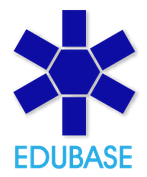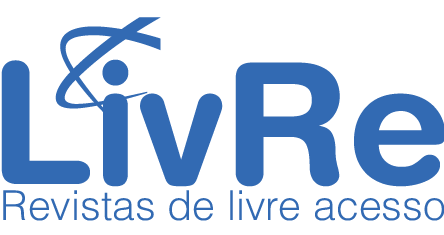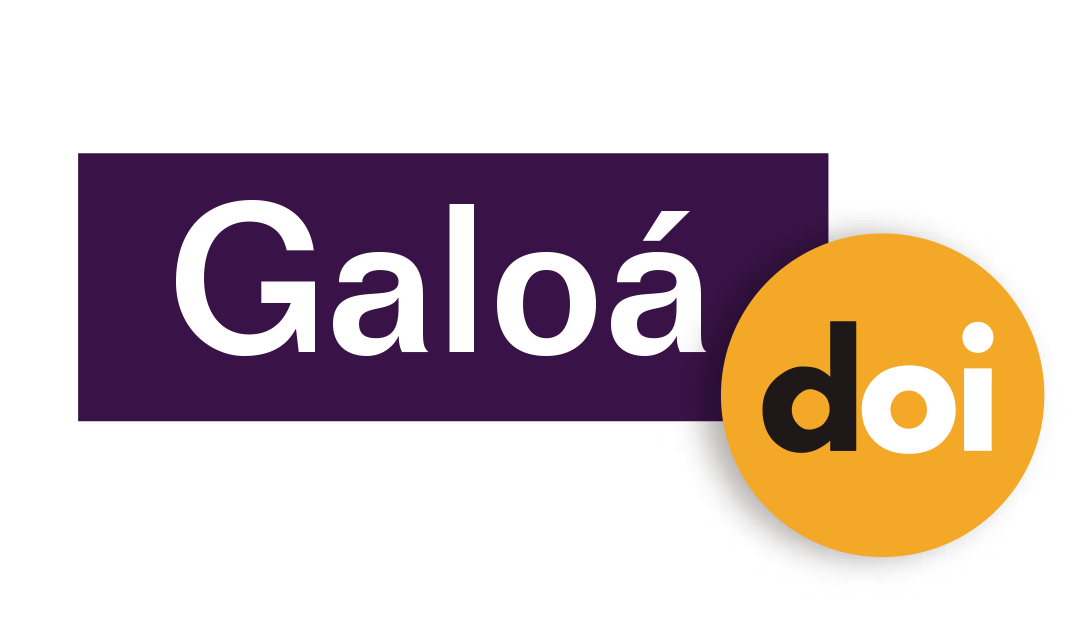Big Data Techniques in Science Education and What Story Google Trends Tells Us About Science?
Resumo
The intention of this work is to provide a quick overview of what Big Data is and present a few examples of techniques through which it can contribute to Science Education. Google offers the Google Trends (GT) free analysis tool that allows users to sort through several years of Google search queries from around the world to get a graphical plotting showing the popularity of chosen search terms both over region and time. According to the time, region, and frequency of search, three kinds of data are evaluated in terms of compatibility with a sort of “correlation analysis”. A few techniques of extracting meaning from them are exemplified through geographical searches for ‘Solar Eclipse’ in USA and through temporal searches of the term ‘research’ in the period 2013-2017. In addition, and as the main study, an experiment was conducted to replicate with Big Data and GT Taşdere, Özsevgeç, and Turkmen’s survey on the Nature of Science (NoS). To that end, the same nine concepts they selected were searched in GT. Two-way correlation analysis was performed on these words, and those pairs with a Pearson Correlation of 0.8 and higher were used to build a conceptual network. Three main levels emerge in our hierarchical conceptual network and, as a result of this structuring, a storytelling can be built: Science is seen, in a more publicly understandable level, as associated to ‘laws’, followed by a less-visible level of research being associated to ‘building theories’, and then, in a even lesser understanding level, the scientists doing experiments to test hypotheses, which are confirmed or not by observation – an image of scientists’ work shaped in a large degree by popular media.
Palavras-chave
Science Education; Big Data in Education; Google Trends; learning-with-Big-Data; educational technologies
Texto completo:
PDF (English)Apontamentos
- Não há apontamentos.
Direitos autorais 2017 M. Şahin Bülbül, Renato P. dos Santos, Isadora Luiz Lemes

Esta obra está licenciada sob uma licença Creative Commons Atribuição 4.0 Internacional.
ANÚNCIOS
Informamos que, a partir de outubro de 2025, devido ao grande número de artigos na fila de submissão, está suspenso o aceite de submissões. Rebriremos em fevereiro de 2026.
Mais, informamos que sites fraudulentos, https://periodicos-ulbrabr.org e https://periodicos-ulbrabra.org, estiveram se passando pela Acta Scientiae, utilizando nosso nome e identidade visual e até solicitado taxas de APC, que nós não cobramos. Aconselhamos cautela para evitar serem enganados por sites semelhantes.
Conceito A2 na Capes(2021)
Índice h5 do Google Scholar: 13
Índice mediana h5 do Google Scholar:24
eISSN: 2178-7727
Indexações:
A Acta Scientiae é indexada em: | Scopus |  | Latindex |  | Edubase (SBU/UNICAMP) |
 | Sumarios.org |  | Google Scholar |  | Portal LivRe (CNEM) |
 | Journals for Free |  | REDIB |  | Galoá DOI |

Todos os trabalhos publicados aqui estão sob uma licença Creative Commons - Atribuição 4.0 Internacional.
